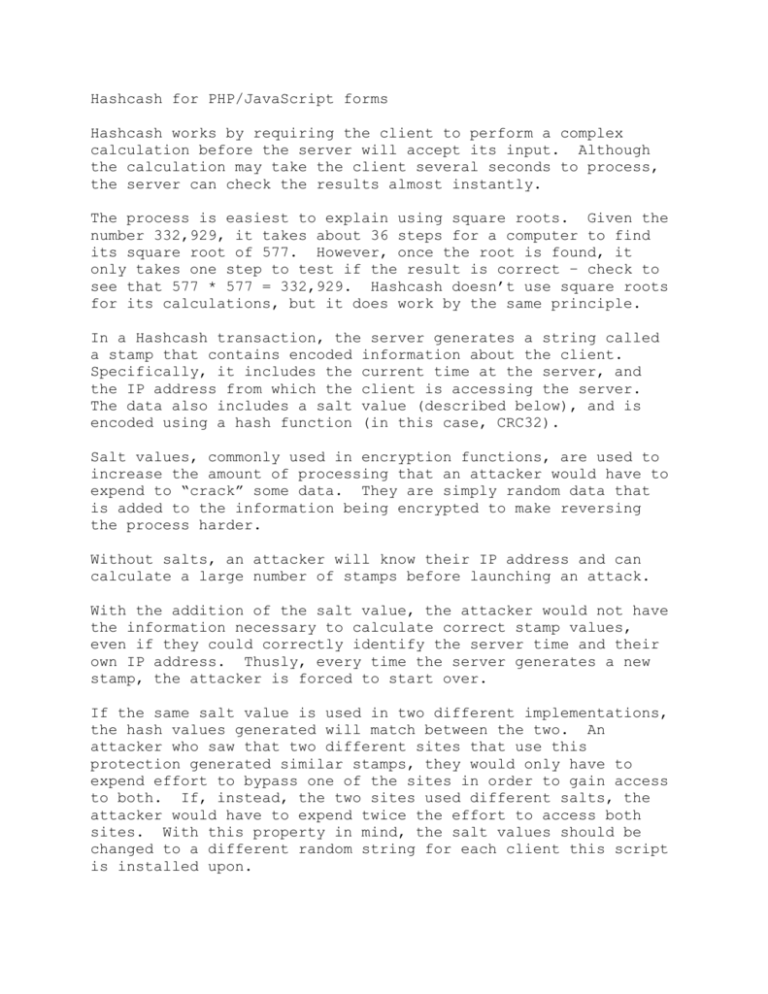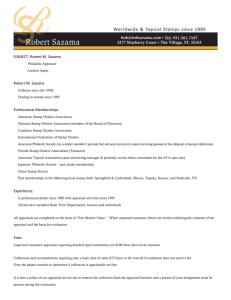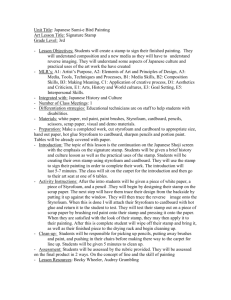Hash Cash for PHP/JavaScript forms
advertisement

Hashcash for PHP/JavaScript forms
Hashcash works by requiring the client to perform a complex
calculation before the server will accept its input. Although
the calculation may take the client several seconds to process,
the server can check the results almost instantly.
The process is easiest to explain using square roots. Given the
number 332,929, it takes about 36 steps for a computer to find
its square root of 577. However, once the root is found, it
only takes one step to test if the result is correct – check to
see that 577 * 577 = 332,929. Hashcash doesn’t use square roots
for its calculations, but it does work by the same principle.
In a Hashcash transaction, the server generates a string called
a stamp that contains encoded information about the client.
Specifically, it includes the current time at the server, and
the IP address from which the client is accessing the server.
The data also includes a salt value (described below), and is
encoded using a hash function (in this case, CRC32).
Salt values, commonly used in encryption functions, are used to
increase the amount of processing that an attacker would have to
expend to “crack” some data. They are simply random data that
is added to the information being encrypted to make reversing
the process harder.
Without salts, an attacker will know their IP address and can
calculate a large number of stamps before launching an attack.
With the addition of the salt value, the attacker would not have
the information necessary to calculate correct stamp values,
even if they could correctly identify the server time and their
own IP address. Thusly, every time the server generates a new
stamp, the attacker is forced to start over.
If the same salt value is used in two different implementations,
the hash values generated will match between the two. An
attacker who saw that two different sites that use this
protection generated similar stamps, they would only have to
expend effort to bypass one of the sites in order to gain access
to both. If, instead, the two sites used different salts, the
attacker would have to expend twice the effort to access both
sites. With this property in mind, the salt values should be
changed to a different random string for each client this script
is installed upon.
Step-by-step:
There are two parties to a hashcash transaction, client and
server.
Step 1: The client requests a web page from the server. It can
be any page that submits data with a form, or it can be a page
with several forms included within.
Step 2: The server calculates a stamp based on the client’s IP
address, the current time on the server, and a user-defined salt
value. The stamp is then scrambled using the function
hc_HashFunc for security, and is embedded invisibly in the form.
Step 3a: The client fills out the form and clicks the submit
button.
Step 3b: Before the client’s computer actually submits the data
to the server, it gets the invisible stamp from the page,
calculates a collision string and adds the string into the form.
Step 4a: Before the server accepts the data from the client –
blog comments, auction postings, etc. – it checks to see that
there is a stamp on the page.
Step 4b: If there is a stamp, the server checks to see that it
is valid – it has been posted before the stamp expires, and that
the calculated string and the stamp match up.
Step 4c: If the stamp check fails or if there is no stamp, the
server returns an error, and can either ignore the submitted
data, request that the user try again, or present some alternate
way for the client to authenticate itself – a captcha or log in
mechanism.
Step 4d: If the stamp check succeeds, the server accepts the
data and processes it as appropriate.
Hc config file – 4 params
JAVASCRIPT DOCUMENTATION:
hc_HashFunc should be defined in its own script, wherever the function itself
is created. It should take one parameter (a string) and return a hex string
as its output. In the current implementation I use CRC32, but any hash
function that has both a JavaScript and a server-side implementation that
return the same results for the same input data will work. MD5 was tested,
but was too slow for the client side. Depending on your exact circumstances
you may want to use some other function, but the included version should work
for most implementations.
// set form element x to value y
function hc_SetFormData(x, y)
// return value of form element x
function hc_GetFormData(x)
// convert hex numbers to binary strings
function hc_HexInBin(x)
// returns a string of num_bits from hex_string
function hc_ExtractBits(hex_string, num_bits)
// checks col_string vs. pg_sbits for pg_contract bits
function hc_CheckContract(pg_contract, pg_sbits, col_string)
// generate a random string of length x using [0-9A-Za-z]
function hc_GenChars(x)
// extracts data from page to calculate hash collision
function hc_SpendHash()
PHP DOCUMENTATION:
// define generic hash function (currently crc32)
function hc_HashFunc($x) { return sprintf("%08x", crc32($x)); }
// convert hex numbers to binary strings
function hc_HexInBin($x)
// get the first $num_bits bits of $hex_string
function hc_ExtractBits($hex_string, $num_bits)
// generate a stamp based on IP, time and salt
// embeds hc_stamp, hc_contract and hc_collision in the form
function hc_CreateStamp()
// hc_CheckExpiration - true = valid, false = expired
function hc_CheckExpiration($a_stamp)
// check for collision of $stamp_contract bits for $stamp and $collision
function hc_CheckContract($stamp, $collision, $stamp_contract)
// checks validity, expiration, and contract obligations for a stamp
function hc_CheckStamp()
Still ToDo:
Make hashcash javascript functions run in the background.
As-is, they run only onsubmit, they should take advantage
of the time that a user needs to fill out a form. Instead
of letting the user fill out a form for 3 minutes and then
wait another 10 seconds to calculate the stamp, the
JavaScript should start when the page loads and be finished
before the user is done with their input.
Make hashcash javascript functsion run on page load.
The interface should be as simple as possible, requiring at
most one line per form. If it can be included
automatically using something like addLoadEvent, that would
be ideal.
Complete documentation.
There should be more information on how to implement this
script, including a step-by-step tutorial. This should be
done last, so that the onload and background functionality
described above can be included.








